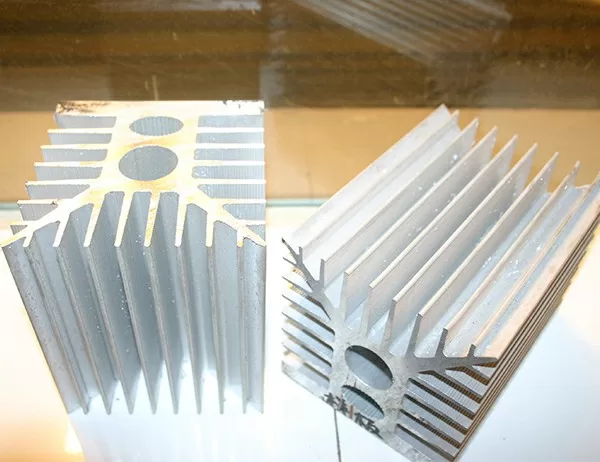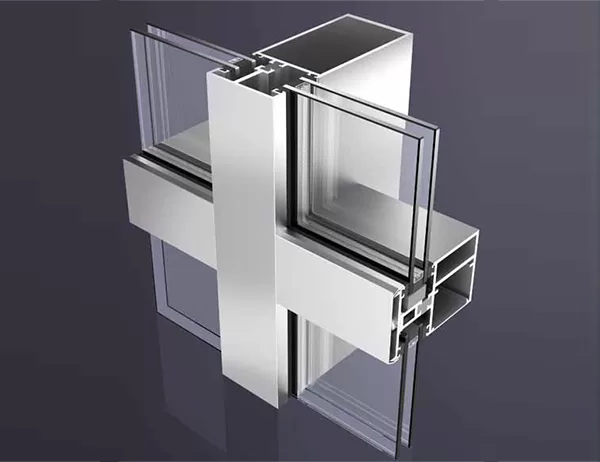In the realm of thermal management, aluminum heat sinks play a pivotal role in dissipating heat from electronic components, ensuring their optimal performance and longevity. To achieve efficient heat dissipation, engineers employ thermal simulation and analysis techniques, providing valuable insights into the thermal behavior of aluminum heat sinks. This article delves into the multifaceted aspects of thermal simulation and analysis, exploring its significance in optimizing aluminum heat sink design.
Computational Fluid Dynamics (CFD)
CFD simulations play a crucial role in understanding the fluid flow and heat transfer characteristics of aluminum heat sinks. By numerically solving governing equations, CFD models provide detailed velocity, pressure, and temperature distributions within the fluid domain. This allows engineers to evaluate the effectiveness of different heat sink designs, optimize fin geometry, and identify areas of thermal resistance.
Heat Transfer Analysis
Thermal heat transfer analysis involves studying the heat transfer mechanisms that occur within aluminum heat sinks. This includes conduction, convection, and radiation. By applying heat transfer principles, engineers can calculate the heat dissipation rate, temperature distribution, and overall thermal performance of heat sinks. This analysis enables the optimization of heat transfer surface area, fin spacing, and thermal contact resistance.
Thermal Stress Analysis
Thermal stresses arise in aluminum heat sinks due to temperature gradients and mechanical constraints. Thermal stress analysis evaluates the structural integrity of heat sinks, ensuring they can withstand operating temperatures without compromising their performance. By simulating thermal loads and stresses, engineers can identify potential failure points and optimize design parameters such as material selection, fin thickness, and mounting configurations.
Validation and Optimization
Thermal simulations provide valuable insights, but validation against experimental measurements is essential to ensure accuracy. Discrepancies between simulations and experiments can be minimized by refining mesh quality, improving boundary conditions, and incorporating material properties accurately. Optimization techniques, such as genetic algorithms and response surface methods, can further refine design parameters to achieve optimal thermal performance.
Benefits of Thermal Simulation and Analysis
Thermal simulation and analysis offer numerous benefits for optimizing aluminum heat sink design:
Improved thermal performance: Accurately predicting and optimizing heat transfer characteristics leads to more efficient heat dissipation and enhanced component performance.
Reduced design time and costs: Simulation reduces the need for extensive prototyping and testing, saving time and resources during design iterations.
Enhanced reliability: Thermal stress analysis ensures the structural integrity of heat sinks, preventing potential failures and extending their lifespan.
Innovations in design: Simulation allows engineers to explore innovative heat sink designs, such as bio-inspired configurations and optimized fin geometries, to achieve superior thermal performance.




